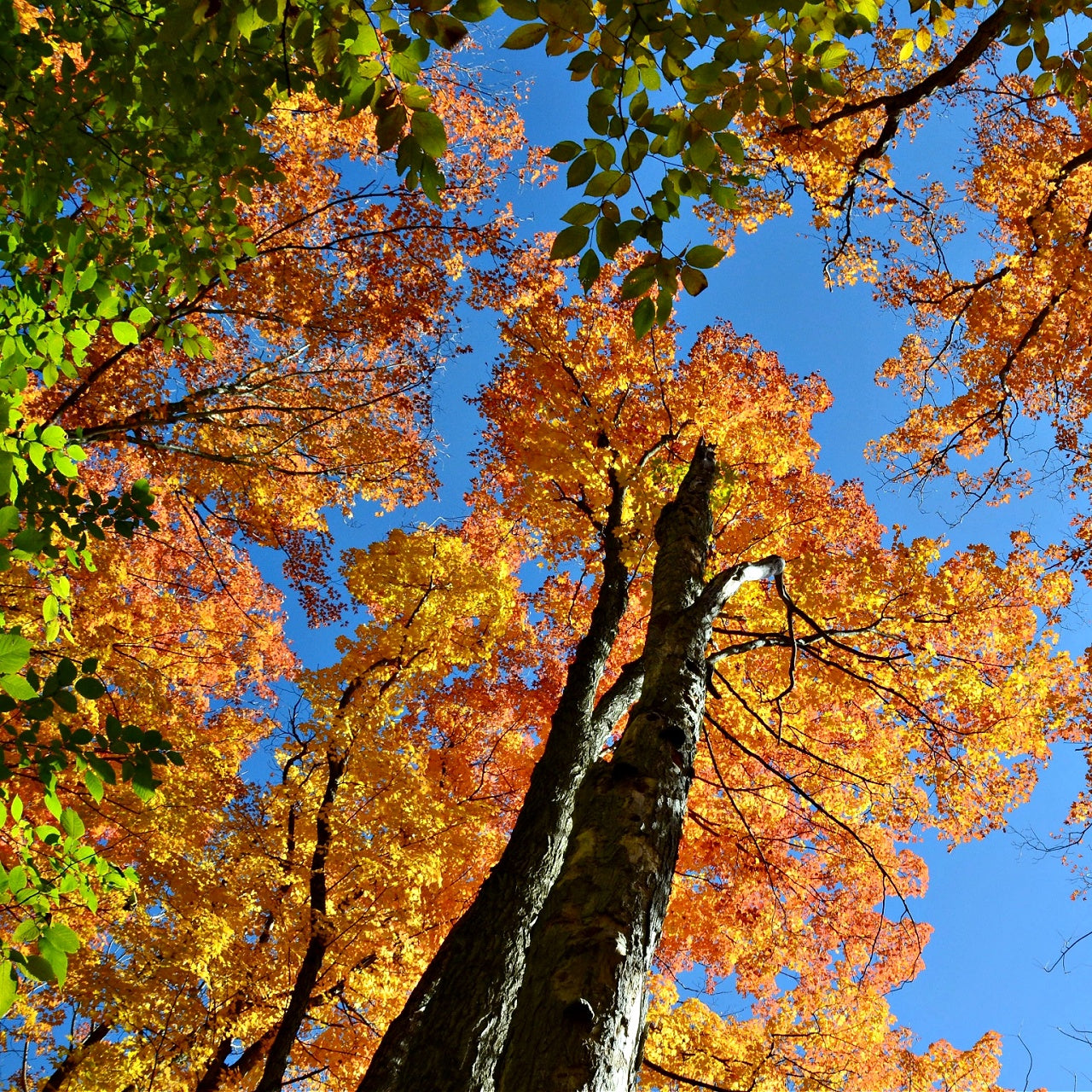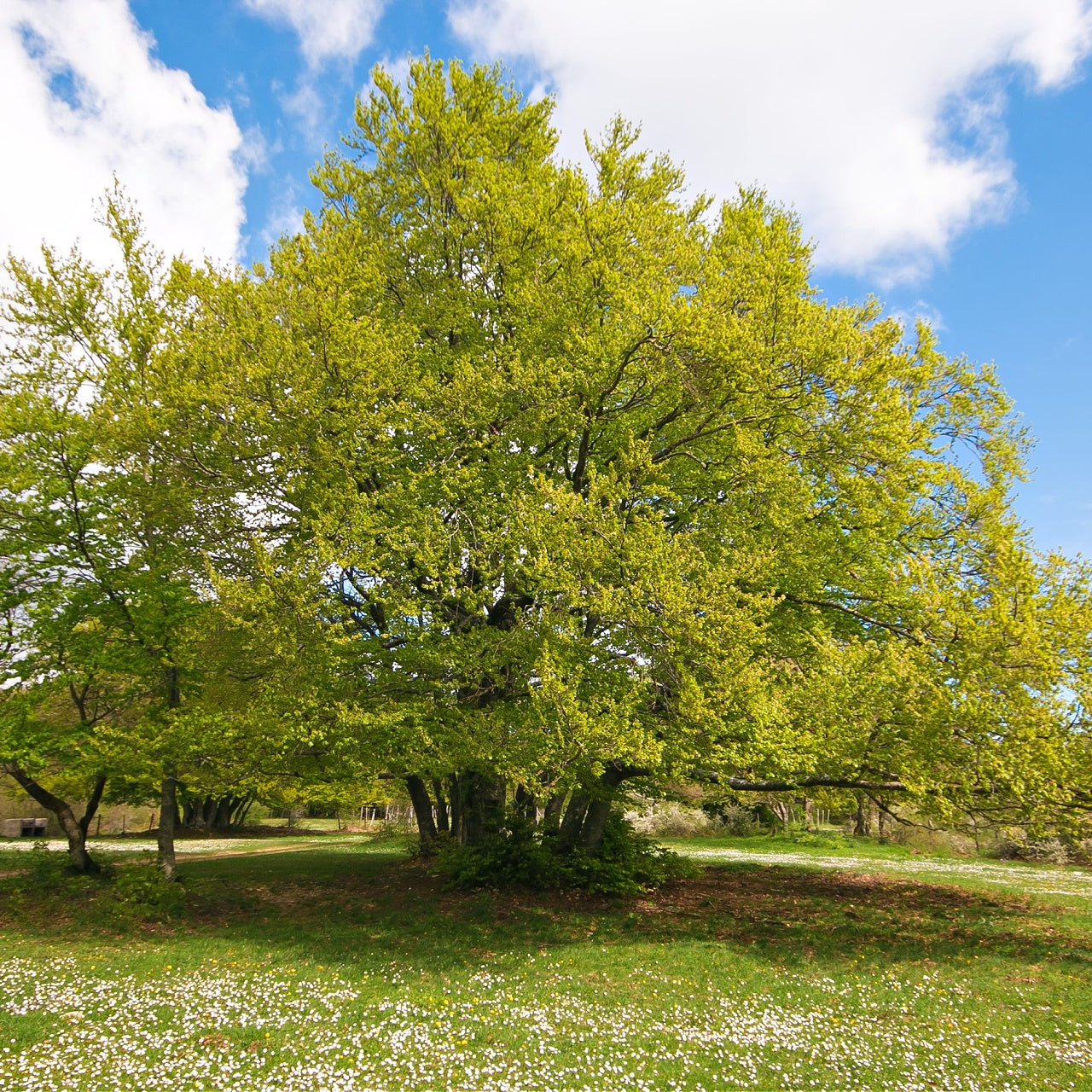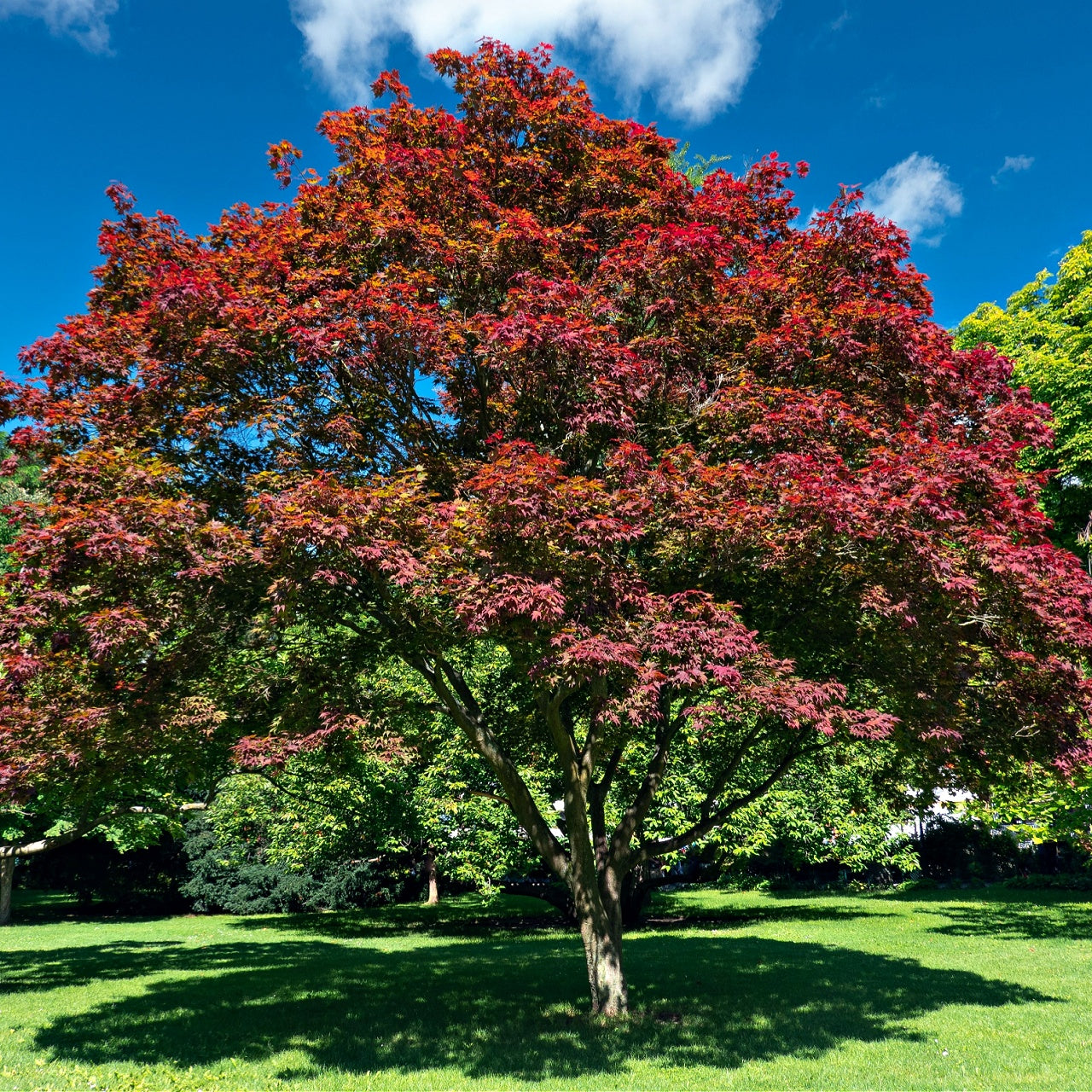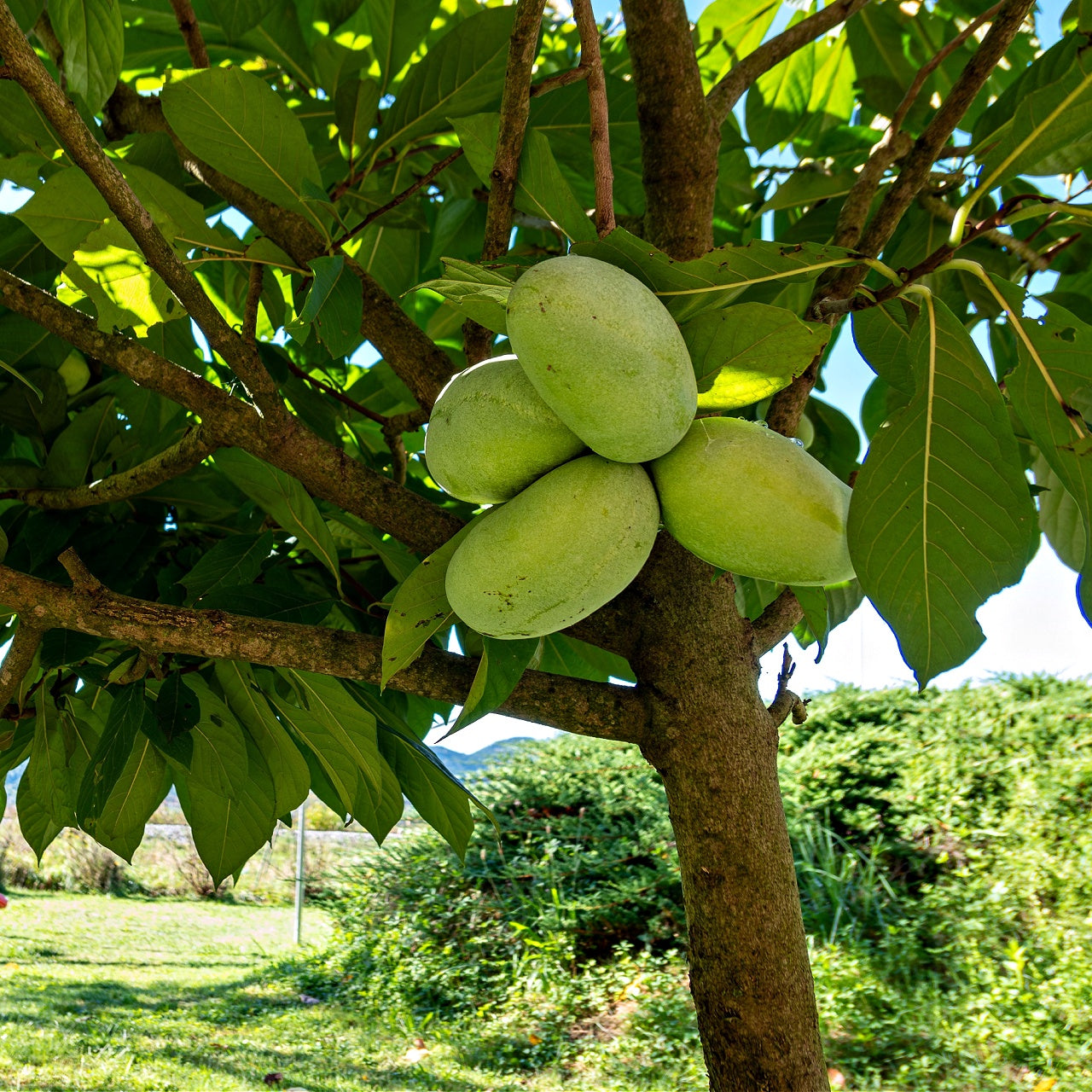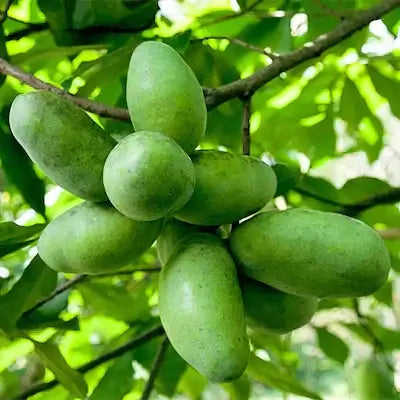
Pawpaw Tree
Pawpaw Tree
What is a Pawpaw Tree?
A pawpaw tree (Asimina triloba) is a native North American fruit tree that produces large, tropical-tasting fruits with creamy, custard-like flesh. It is often called the “American custard apple” and is prized for its sweet flavor, blending hints of banana, mango, and melon.
Did you know that Tennessee Wholesale Nursery is the largest pawpaw tree grower in the United States? Yes, buy grower direct and take advantage of our Buy 1 Get 1 Free offer.
Where Do Pawpaw Trees Grow Best?
Pawpaw trees thrive in USDA zones 5–8, preferring rich, well-drained soil with consistent moisture. They grow naturally in shaded river valleys and forests, but perform best in full sun once established. Young trees benefit from some shade protection during their first years.
At What Age Does a Pawpaw Tree Bear Fruit?
Most pawpaw trees begin producing fruit in 4–6 years when grown from seed. Grafted trees or those from quality nurseries often produce earlier, sometimes within 2–3 years. Cross-pollination from at least two different pawpaw varieties is required for reliable fruiting.
Aesthetics of Pawpaw Trees
The pawpaw tree is a small to medium-sized tree that can grow up to 10 meters in height. It has smooth grayish-green bark and long, slender branches with big leaves. The leaves are elliptical and dark green and grow at the end of the branch. The flowers are small and yellowish-green. The fruit is green when unripe and yellow when ripe. It has many tiny black seeds. The fruits are sweet, slightly crunchy, and sometimes jellylike. The Latin name for the pawpaw tree is Carica papaya.
Why You Should Purchase the Pawpaw Tree
Pawpaw trees are incredibly nutritious — the leaves, flowers, and fruit are all edible. They are also native to many areas of the United States, making them an excellent choice for those interested in sustainable, organic gardening. Pawpaw trees produce large amounts of fruit that can be eaten fresh, dried, or made into jams or other preserves. Also, the tree stem and branches can be used as wood fuel.
You can purchase pawpaw tree seedlings at low prices offered by sellers. Fast shipping services are provided when you buy tree seedlings. The pawpaw tree ships nationwide.
Thrives Almost Anywhere
The pawpaw tree thrives in most soil types. It is open about its sunlight requirements and grows well in full sun or partial shade. The pawpaw tree grows in hardy planting zones 4–9.
Easy to Grow
Like many other native plants, pawpaw trees are easy to grow. Pawpaw seeds have a low germination rate, so it is best to plant seedlings instead of seeds. Seedlings can be purchased online or at local gardening shops. Pawpaw trees can be transplanted during the spring or fall, but it is best to wait until the soil has warmed up. Pawpaw trees need little care, but people should water them during drought.
Bloom Seasons
The pawpaw tree blooms in late spring or early summer. The flowers, after they bloom, are followed by green fruits that turn yellow as they ripen in the fall. Additionally, pawpaw trees are beautiful additions to any garden and can provide shade and help reduce soil erosion.



